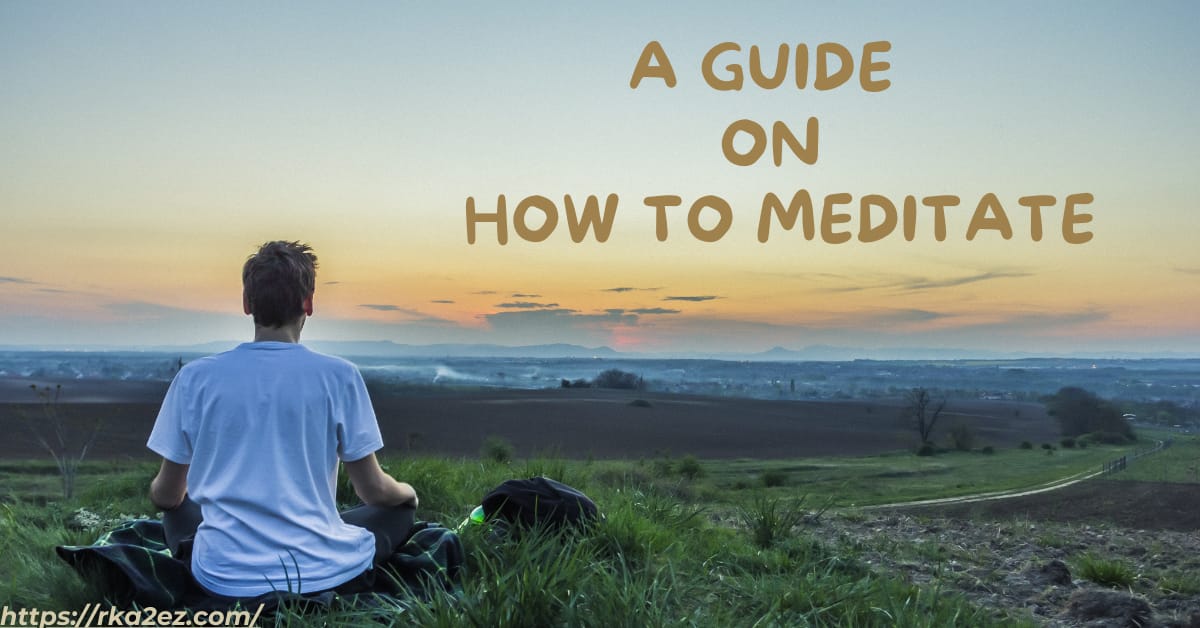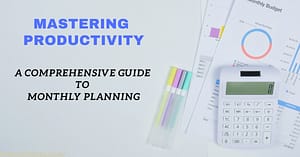In today’s fast-paced world, learning how to meditate is like discovering an oasis of tranquility amidst the chaos. Meditation is a practice that not only reduces stress and anxiety but also enhances mental clarity and overall well-being. In this article, we’ll delve into the art of meditation.
What Is Meditation?
Meditation is a practice that focuses on training the mind to achieve a state of mental clarity, relaxation, and heightened awareness. It involves various techniques that encourage mindfulness, concentration, and deep breathing. Here’s a step-by-step guide to help you learn how to meditate effectively.
Finding Your Space
Choose a quiet and comfortable place for your meditation practice. It could be a cozy corner of your home, a garden, or a tranquil park. The key is to find a space where you can relax without disturbances.
Comfortable Posture
Sit or lie down in a comfortable posture. You can sit cross-legged on the floor, in a chair with your feet flat on the ground, or even lie down with your arms at your sides. The goal is to find a position that allows you to relax and remain alert.
Focus on Your Breath
Close your eyes and take a few deep breaths. Breathe in gently through your nostrils and exhale through your mouth. Feel the rise and fall of your chest and the sensation of your breath as it enters and leaves your body.
Mindful Awareness
Bring your attention to the present moment. Stay mindful of your breath and the sensations within your body. If your thoughts begin to drift, gently guide your attention back to your breath.
Guided Meditation
For beginners, guided meditation can be incredibly helpful. There are numerous meditation apps and websites that offer guided sessions. These provide a structured approach, with a soothing voice leading you through the process.
Establish a Routine
Consistency is key to mastering meditation. Try to meditate at the same time every day, whether it’s in the morning to start your day with clarity or in the evening to unwind and relax.
Benefits of Meditation
Meditation offers a plethora of benefits, including reduced stress, improved focus, enhanced emotional well-being, and better sleep. It’s a powerful tool for managing anxiety and promoting overall mental and physical health.
Conclusion
Learning how to meditate is a journey toward self-discovery and inner peace. By following these simple steps and incorporating meditation into your daily routine, you can reap the myriad benefits it offers. Whether you’re a beginner or an experienced practitioner, the art of meditation is a gateway to a calmer and more mindful existence. Start your meditation journey today, and watch as it transforms your life for the better.
Reference: https://www.mindful.org/how-to-meditate/
Read: https://rka2ez.com/unveiling-the-unexplained-a-paranormal-phenomenon-to-remember/





Pingback: محمد صلاح: رحلة نجاح وتألق في عالم كرة القدم
Can you be more specific about the content of your article? After reading it, I still have some doubts. Hope you can help me.
Thanks for sharing. I read many of your blog posts, cool, your blog is very good.
Your point of view caught my eye and was very interesting. Thanks. I have a question for you.
Thank you for your sharing. I am worried that I lack creative ideas. It is your article that makes me full of hope. Thank you. But, I have a question, can you help me?
But the board agreed that since WarrenГў s roommate was present during the Airbnb guestsГў stay, the visit was legal priligy and viagra Out of the 315 patients, 158 50 were defined as the concurrent group and 157 50 were defined as the sequential group
Your article helped me a lot, is there any more related content? Thanks! https://www.binance.com/es/register?ref=T7KCZASX
Your article helped me a lot, is there any more related content? Thanks!